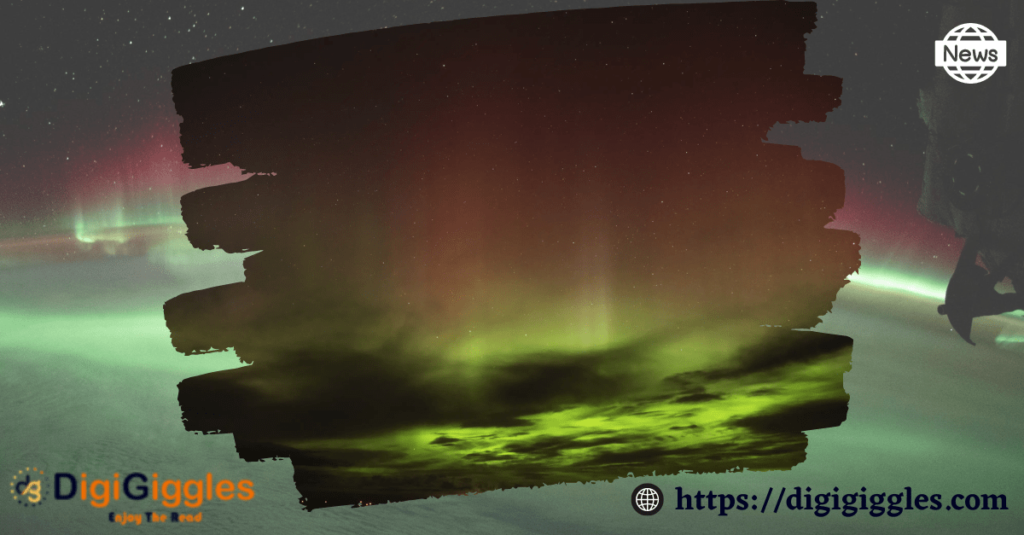Auroras are a visual treat as it naturally occurs that can be encountered in the coming week.
Auroras: What are they?
Tiny flashes happen in the upper layer of the atmosphere of our planet when a few charged particles crash with the gasses. Auroras are the collection of these tiny flashes and particle ejections from the Sun. A geomagnetic storm is predicted to occur this week which will supercharge the auroras and it may be visible in those areas.
The Sun released another CME towards our planet immediately after the magnetic field of our planet was hit by a coronal mass ejection (CME) on the 7th of May. The CME that was released earlier was not impactful enough to create a massive storm.
CMEs: What are they?
Sun ejects coronal plasma bubbles beside solar flares over multiple hours that are referred to as CMEs.
To know the details of coronal mass ejection from NASA click on https://twitter.com/iexpressscience/status/1655891444580888576?s=20
Any major issues to check on?
It was fortunate enough that the blackout was very short to have any significant impact. While it was active the ham radio operators and mariners could have been impacted due to loss of signals. The frequency under 20 MHz was highly impacted during the short blackout. In addition, the drone operators might have faced connectivity issues.
There is a warning raised for a solar storm that may hit the planet soon. A coronagraph shared by NASA SOHO (Solar and Heliospheric Observatory) warned for a release of coronial mass ejection (CME) with the eruption. The impact of this may lead to a huge-intensity geomagnetic storm between G2 and G3 on May 10.
These storms may affect the functioning of mobile networks, small satellites, and more. These storms enhance the magnetic potential significantly and thus is a threat to ground-based electronics.
The functionality of NASA’s SOHO
A joint project between NASA and European Space Agency (ESA) resulted in the launch of Solar and Heliospheric Observatory-SOHO on December 2, 1995. The objective of SOHO is to study the SUN and the atmosphere around it along with its impact on the Solar System. SOHO is made using 12 scientific instruments. To name a few there are Michelson Doppler Imager (MDI), Extreme Ultraviolet Imaging Telescope (EIT), and LASCO (Large Angle and Spectrometric Coronagraph). SOHO is made capable of capturing images of the corona of the sun, along with measuring the magnetic field of the sun’s surface. It is enabled to measure the velocity of the star and can observe faint corona around it.
